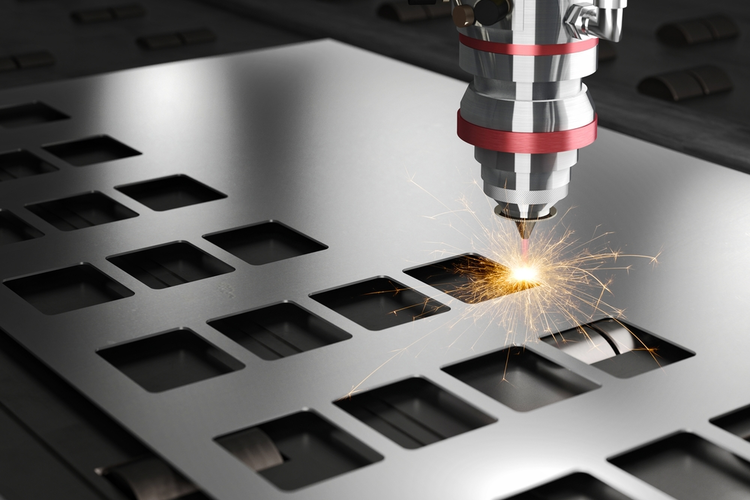Manufacturing is a global industry, and metal precision cutting is one of the most critical parts in it. Precision metal cutting is used in various industries such as auto, aerospace, electronics, and defence. Cutting metal precisely requires great deal of skills and experience. Metal can be cut into different shapes using different types of precision cutting machines. Metal precision cutting machines are available in various sizes, but all of them have a similar working mechanism.
Metal cutting is a process by which metal pieces are cut at very precise dimension and angles. This process can be done manually or with the help of machinery. In this article, we will discuss how metal precision cutting is done manually.
Table of Contents
Turning Tools:
Turning tool is an essential part of any turning process. There are two types of turning tools such as roughing cutter and finishing cutter. The number of teeth on the cutter increases from a roughing to a finishing turner to make the work finer and smoother. Roughing cutters usually have about 8 teeth per inch; whereas finishing cutters have about 12 teeth per inch. Each type of turning tool has its own purpose but both are equally important for the completion of a project.
The Process:
Precision cutting is a fairly simple process when using woodworking machinery but it is more difficult with metal cutting tools. The reason behind this is that metal cutting tools require more force than woodworking machinery in order to make the job done.
The most important part of precision cutting is to design your project properly before you start working on it by keeping in mind all the measurements and angles that need to be cut accurately so that you can achieve success easily in your project.
Wire erosion cutting is cost effective, extremely accurate and suitable for a range of materials and industries.
Some factors affecting this process include:
1) Precision- The machine must be capable of taking accurate measurements for accomplishing the desired shape.
2) Speed- It should be fast enough to meet the production requirements as well as able to produce consistent quality.
3) High accuracy rate- This is also an important factor to consider while buying this machine. This is because a high accuracy rate will ensure perfect cuttings every time without any discrepancies or mistakes.
4) Durability- The machine should be durable enough to withstand wear and tear or last long without any major problems.
Metal cutting is a vital part of any metalworking/fabrication project, from simple to complex. To make the process as easy and effective as possible, there are several steps you can take before you begin cutting. One of the most important is setting up your metalworking machine for the job. The more accurate and precise your setup, the better your cuts will be.








